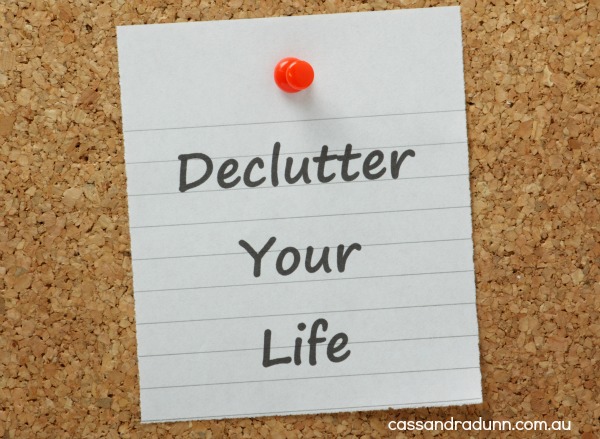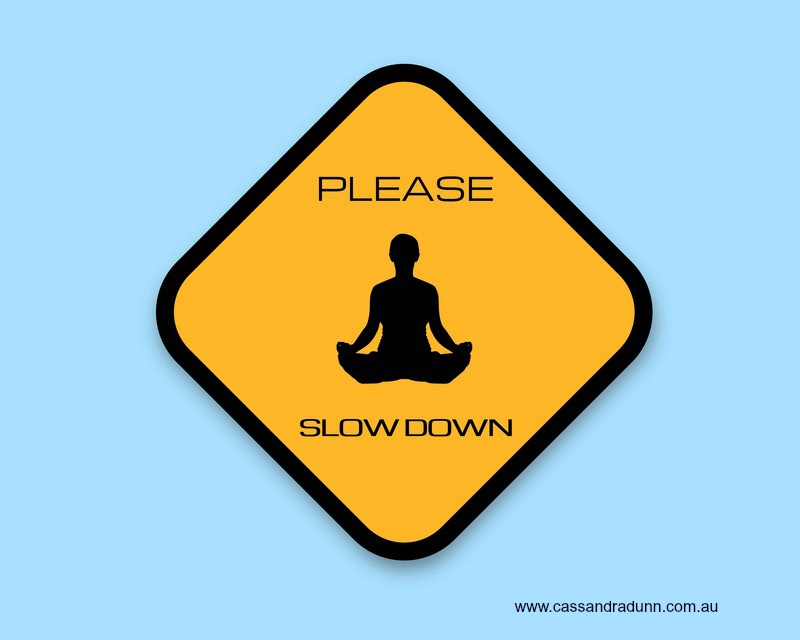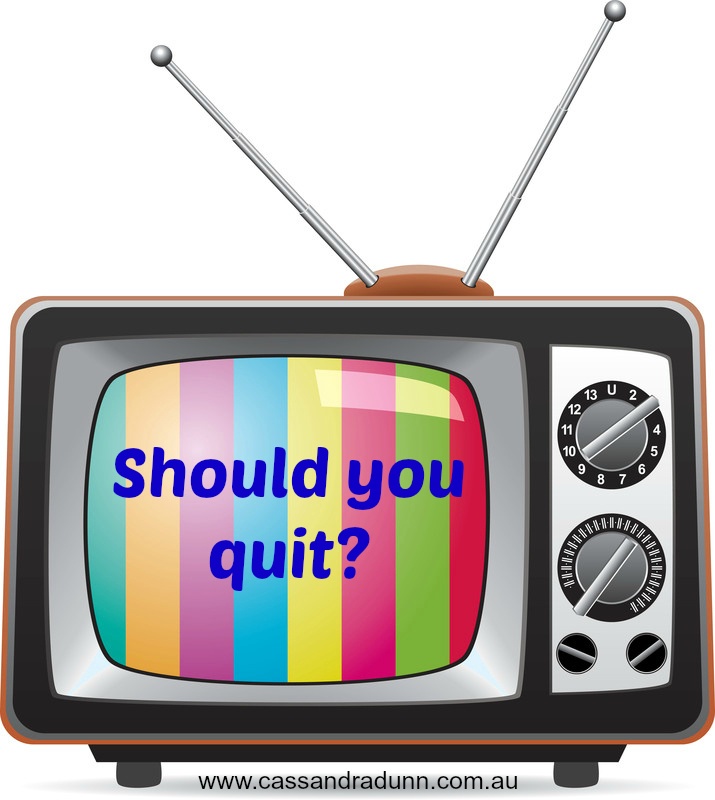FILED UNDER:
minimalism
RE-OPENING AGAIN SOON!
BEYOND CONFIDENT
A holistic program designed to help you cultivate genuine, deep and lasting self-confidence, together with lifetime access to a tight-knit supportive community who will cheer you on every step of the way.
This program is for anyone who has been plagued by Imposter Syndrome, who struggles with self-doubt and knows their anxiety, overwhelm and overwork are all symptoms of a core belief that they're unworthy or undeserving of success.
Much more than just a 'mindset' program, the Confidence Solution offers you the most current, cutting edge approaches to healing to deliver a complete transformation.





